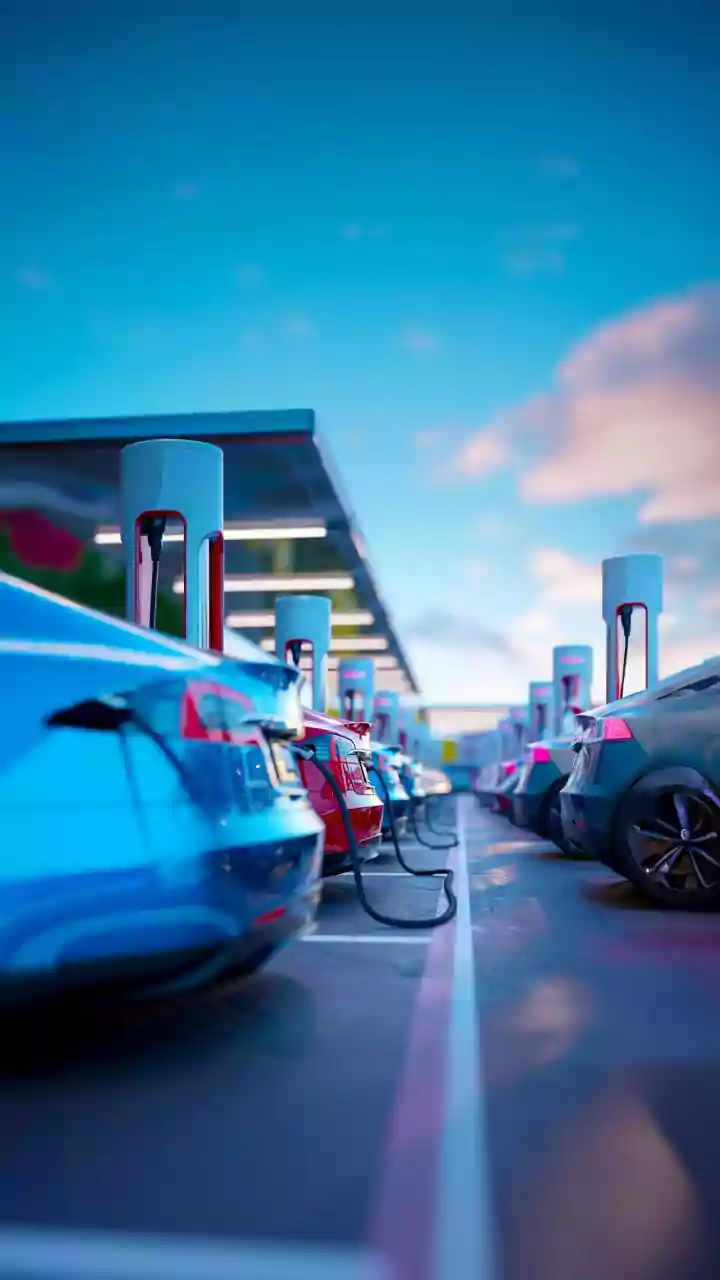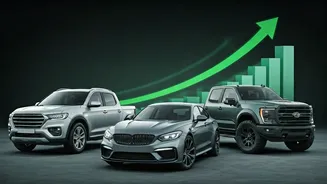Charging on the Go
The conventional approach to charging EVs involves plugging them into a stationary charging station, which can be time-consuming. An innovative solution
is emerging in the form of roads equipped with wireless charging capabilities. This allows EVs to replenish their batteries while driving, extending their range and reducing the need for frequent stops. The technology involves embedding coils beneath the road surface. These coils generate an electromagnetic field when activated, which is then picked up by a corresponding receiver coil installed on the EV's undercarriage. This interaction facilitates the transfer of electricity from the road to the vehicle's battery pack without any physical connection. The system's efficiency and power output vary based on the specific design and implementation. Many believe that this approach could transform how we think about electric vehicle charging. It would eliminate range anxiety, a common concern among EV drivers.
Tech Beneath the Asphalt
The underlying technology behind wireless charging roads is quite sophisticated. Embedded within the road surface are special coils that act as transmitters. When the road is energized, these coils generate an alternating magnetic field. Vehicles equipped with receiver coils can then capture this energy. This energy transfer process is fundamentally similar to how wireless charging works for smartphones. The efficiency depends on several factors, including the distance between the transmitter and receiver coils, the alignment of the coils, and the frequency of the magnetic field. High efficiency is critical, because any loss of energy during the transfer reduces the overall effectiveness of the system. Ensuring the durability of these embedded components is a major engineering challenge. These components must withstand extreme weather conditions, heavy traffic, and the stresses of constant use without breaking down. The installation and maintenance of this infrastructure is a significant undertaking, requiring special equipment and expertise.
Benefits of Wireless Charging
Wireless charging roads provide several advantages over existing charging infrastructure. One major benefit is the ability to extend the range of electric vehicles. By charging vehicles while they are in motion, drivers can travel longer distances without worrying about running out of power. This can also mitigate range anxiety, which is a major concern for many potential EV buyers. Besides range extension, wireless charging infrastructure could reduce the need for large battery packs in EVs. Lighter batteries would lead to lower vehicle weight, which improves energy efficiency and driving performance. Such an infrastructure also offers opportunities for smart grid integration. Wireless charging can be integrated with smart grid systems, allowing for dynamic pricing and efficient energy management. Charging can be optimized during periods of low demand or when renewable energy sources are abundant. This feature not only reduces costs, but also encourages the use of clean energy.
Challenges and Hurdles
Despite the potential benefits, wireless charging roads face several challenges. One of the primary obstacles is the cost. Constructing these roads is an expensive undertaking, requiring significant upfront investments in infrastructure. These costs involve not only the installation of the charging coils, but also the supporting electrical infrastructure, such as power supply and control systems. Another significant hurdle is the efficiency of the energy transfer. Although advancements in technology have improved efficiency, there are still losses during the wireless power transfer. Minimizing these losses is crucial to ensure the viability and cost-effectiveness of wireless charging. The standardization of technology is also important. Without common standards, the interoperability of charging systems may be limited, potentially hampering widespread adoption. Another major concern is the impact of wireless charging on the environment and human health. The electromagnetic fields generated by the charging coils could potentially have negative health effects, and further research is necessary to assess and mitigate any risks.
The Future of Mobility
Wireless charging roads represent a significant step towards a more sustainable and convenient transportation future. As technology advances, the cost of implementing this infrastructure is likely to decrease, making it more feasible for widespread adoption. The ongoing research and development efforts are focused on improving the efficiency, reliability, and safety of the systems. The successful integration of these technologies into our road networks can play a key role in accelerating the adoption of electric vehicles, reducing reliance on fossil fuels, and mitigating climate change. The future likely involves smart roads that not only charge EVs, but also communicate with vehicles, providing real-time data on traffic conditions, energy availability, and other relevant information. This integrated approach to mobility could revolutionize the way we travel, making it safer, more efficient, and more sustainable.













